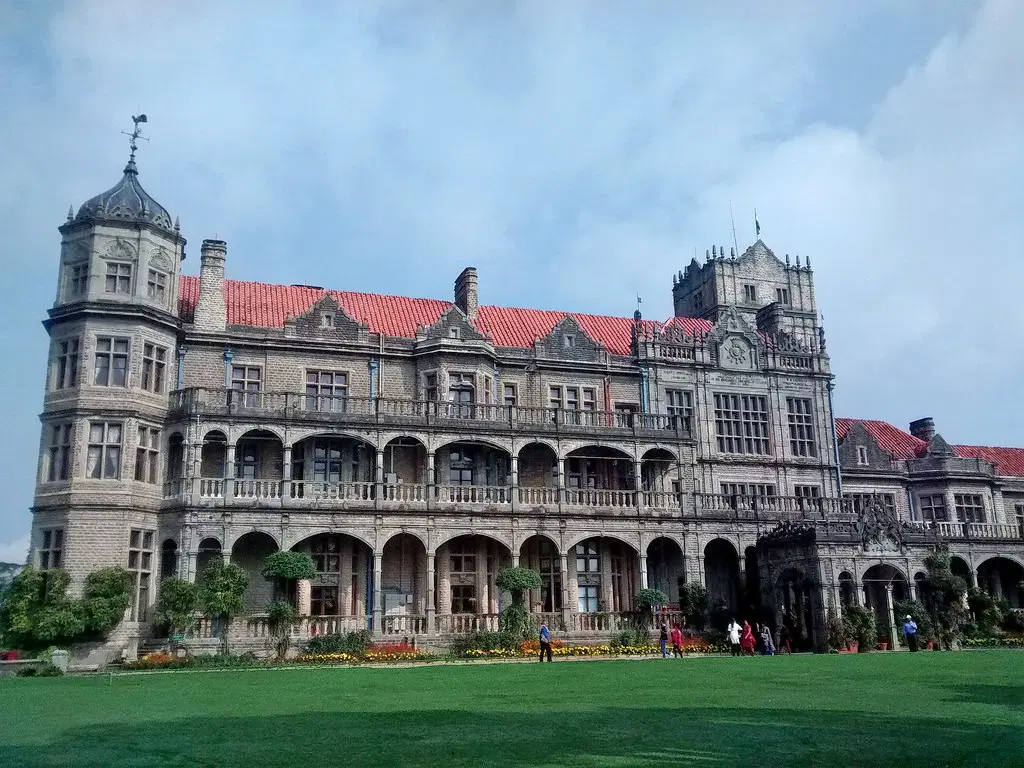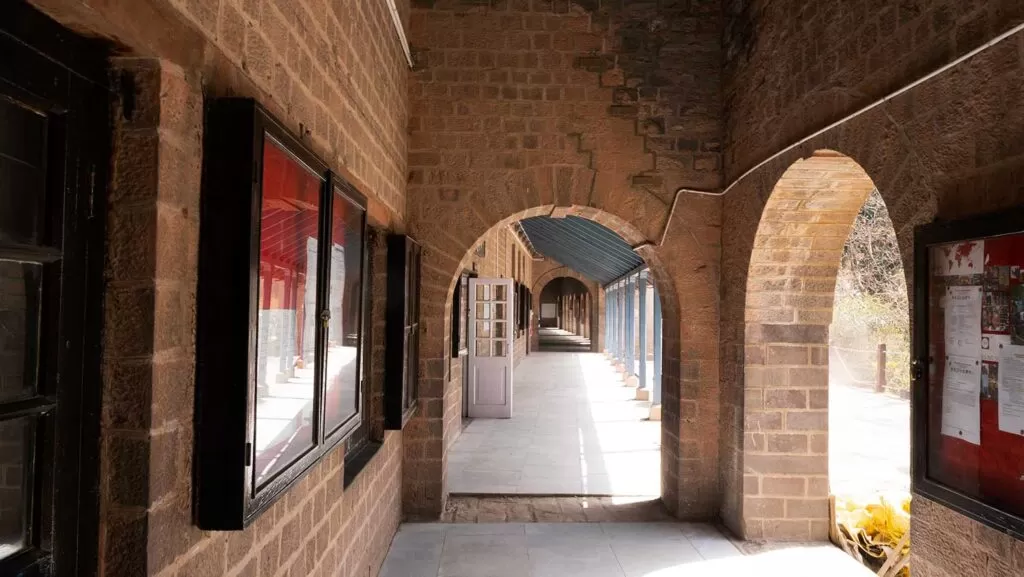Nestled amidst the picturesque hills of Himachal Pradesh, India, the quaint town of Kasauli exudes an undeniable colonial charm. Stepping into its streets, one is transported back in time to the era of the British Raj. The town’s rich architectural heritage reflects the influence of the British colonial period, leaving a lasting legacy that continues to captivate visitors. In this blog, we will delve into the captivating history of British architecture in Kasauli and explore its profound impact on the town’s aesthetics.
The Legacy of the British Raj
In the early 19th century, as the British Empire expanded its foothold in India, the British officials and civil servants faced numerous challenges, including the unbearable summer heat in the plains. In search of respite from the scorching temperatures, they turned to the cool and tranquil hills of the Indian Himalayas. This quest for a sanctuary led to the establishment of hill stations, and Kasauli emerged as one of the most sought-after retreats.
Kasauli’s journey as a hill station began in 1842 when the British officer Lieutenant Charles Pratt Kennedy stumbled upon the region during a surveying mission. Captivated by its serene beauty and pleasant climate, he recognized its potential as a perfect summer retreat for the British residents in India. The East India Company, impressed by Kennedy’s description, approved the establishment of a military sanatorium in Kasauli.

The Significance of Hill Stations in British India
Hill stations held immense significance during the British Raj. Apart from providing relief from the oppressive heat, these hill towns also served strategic purposes. They offered a vantage point to observe and control the surrounding regions, a factor that played a vital role in India’s governance. Additionally, hill stations allowed British officers and their families to escape the diseases prevalent in the plains, which often proved fatal to Europeans not acclimatized to the harsh Indian climate.
The Architectural Influence of the British
The British officers and civil servants who migrated to these hill stations brought with them their customs, traditions, and, most notably, their architectural tastes. Eager to recreate a familiar environment amidst the unfamiliar landscapes of India, they sought to replicate the architectural styles of their homeland. This desire to maintain a sense of familiarity and nostalgia manifested in the construction of buildings that showcased quintessential British architecture in Kasauli.
The Victorian and Gothic architectural styles gained popularity during the British colonial era, and these influences are prominently visible in Kasauli’s architecture. British architects and engineers worked collaboratively with local craftsmen to create structures that blended elements of these styles with regional materials and techniques.
The Iconic Christ Church
No exploration of Kasauli’s colonial charm would be complete without a visit to the iconic Christ Church. Constructed in the mid-19th century, this architectural marvel showcases pure Gothic Revival style. Its stunning stained glass windows, intricate stonework, and tall spires evoke a sense of awe and wonder. The church stands as a testament to the remarkable craftsmanship of the British and Indian artisans who worked together to create this majestic structure and is a prime example of British architecture in Kasauli.

Quaint Cottages and Bungalows
Strolling through the meandering streets of Kasauli, one cannot help but notice the charming colonial cottages and bungalows that dot the landscape. These structures boast sloping roofs, inviting verandas, and well-maintained gardens, reflecting the quintessential British countryside aesthetics. Many of these cottages now serve as heritage homestays, offering visitors an opportunity to experience the nostalgia of the bygone era.
Lawrence School – A Jewel in the Crown
The Lawrence School, founded in 1847, is another architectural gem that showcases British architecture in Kasauli. This prestigious institution, originally established as the ‘Lawrence Asylum,’ follows the pattern of traditional British boarding schools. The school’s impressive colonial-style buildings stand amidst sprawling grounds, exuding an air of grandeur and history.

Military Architecture
The British also left their mark on the town’s military infrastructure, evident in the presence of the Kasauli Cantonment. The Cantonment area houses several colonial-era military buildings, including barracks, offices, and recreational facilities. These structures not only served strategic purposes but also contributed to the overall architectural landscape of Kasauli.
Preservation and Heritage Tourism
In recent years, there has been a concerted effort to preserve Kasauli’s colonial heritage and promote heritage tourism. Local authorities, along with various organizations, have taken initiatives to restore and maintain the historical buildings, ensuring that the town’s architectural heritage remains intact for future generations to admire and appreciate.
One of the most important initiatives has been the restoration of the Kasauli Club, which was built in the 1850s. The club is a popular tourist destination and is a fine example of colonial architecture. Other initiatives have included the restoration of the Christ Church, the Kasauli Gymkhana, and the Kasauli Library.
These initiatives have helped to preserve British architecture in Kasauli and its unique heritage and have made it a popular destination for tourists from all over the world.
Conclusion
Kasauli’s colonial charm, steeped in history and architectural finesse, offers a unique experience for visitors seeking a glimpse into the British Raj era. The blend of Victorian and Gothic influences, evident in the town’s churches, cottages, and schools, showcases the artistic fusion of the two cultures. Preserving this architectural heritage is vital, not only to maintain the town’s identity but also to serve as a testament to the harmonious amalgamation of British influences and local craftsmanship. As we continue to explore and celebrate Kasauli’s colonial past, we honour the legacy of the British Raj and its enduring impact on this charming hill station.
One doesn’t need to be a history buff to appreciate the unique British architecture in Kasauli, though if you have considered making Kasauli your second home, reach out to us to experience the grandeur of Azul Estilo. Nestled in the hills of Kasauli, these 20 opulent villas are more than just a second home, it’s an opportunity for you to own your own boutique chalet hotel with stress-free management all year round.
